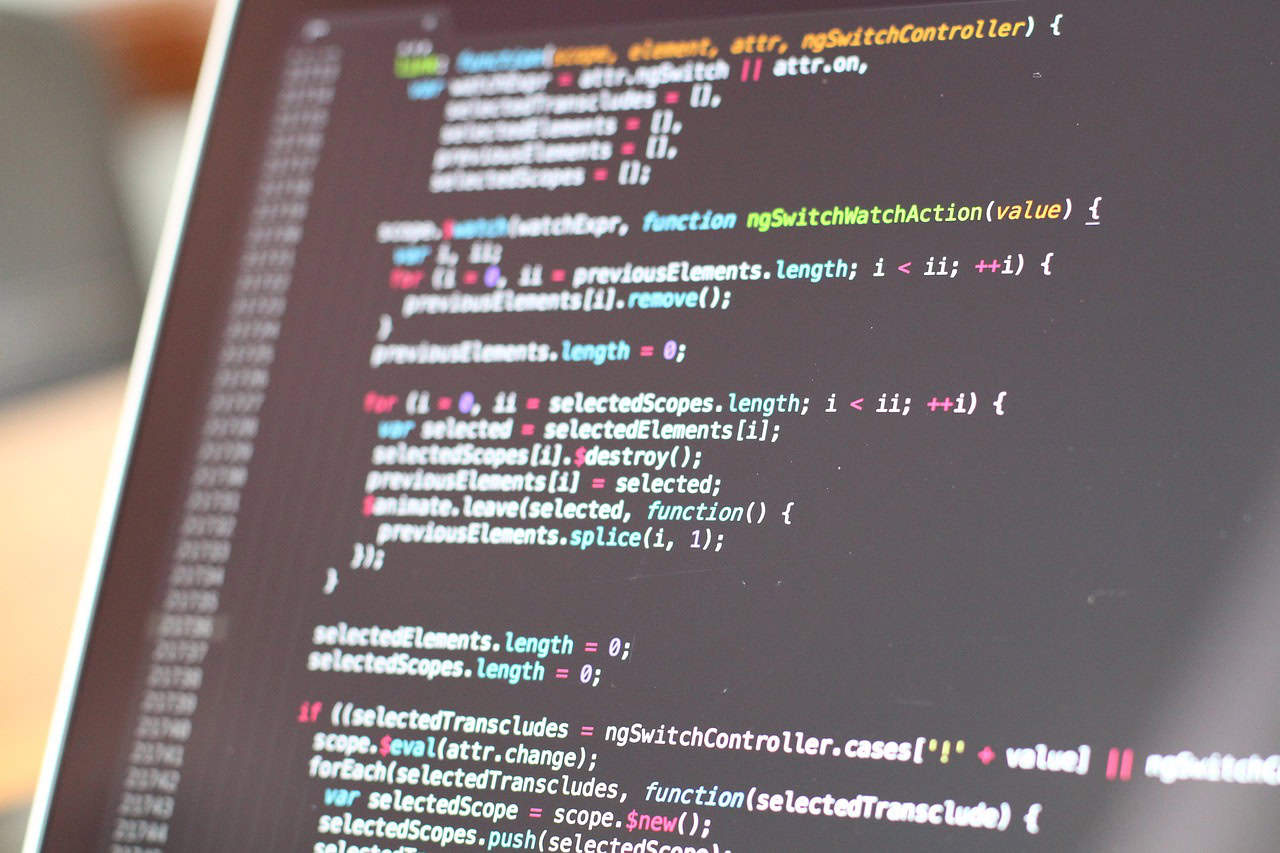Getting Started with Python Web Development
Python web development has gained immense popularity over the years, thanks to its simplicity and versatility. Whether you are looking to build a simple website or a complex web application, Python has a plethora of frameworks and libraries to help you get the job done effectively. In this article, we will explore the fundamentals of Python web development and guide you through the essential techniques you need to know.
Why Choose Python for Web Development?
Python is an excellent choice for web development for several reasons:
- Easy to Learn: Python’s syntax is clear and easy to understand, making it a popular choice for beginners.
- Wide Range of Frameworks: With frameworks like Django and Flask, Python provides powerful tools to build web applications efficiently.
- Community Support: Python has a large, active community, making it easier to find tutorials, documentation, and support.
Popular Python Web Frameworks
When it comes to Python web development, several frameworks stand out. Here are some of the most popular:
Django
Django is a high-level web framework that encourages rapid development and clean, pragmatic design. It’s perfect for building large-scale applications with its built-in features like authentication, database integration, and templating. See our article on mastering Python web development techniques.
Flask
Flask is a micro-framework that is lightweight and easy to use, making it a great choice for beginners and small projects. It allows for more control over components, giving developers flexibility in how they build their applications.
Pyramid
Pyramid is another versatile framework that is suitable for both small and large applications. It offers a full range of features, making it easy to scale your projects as they grow.
Essential Techniques for Python Web Development
To excel in Python web development, you need to master a few essential techniques:
- Understand HTML, CSS, and JavaScript: A foundational knowledge of these technologies will help you build better web applications.
- Database Integration: Learn how to integrate databases like PostgreSQL or MySQL with your Python applications to manage data effectively.
- APIs and Web Services: Familiarize yourself with creating and consuming APIs to allow your applications to communicate with other web services.
- Version Control with Git: Learn to use Git for version control to manage changes in your code efficiently.
Resources to Get Started
To get started on your Python web development journey, check out the following resources:
- A Comprehensive Guide to Python Web Development
- The Ultimate Guide to Python Web Development
- Essential Guide to Python Web Development for Beginners
Conclusion
Python web development is a rewarding field that offers a wealth of opportunities for aspiring developers. By mastering the techniques and frameworks discussed in this article, you will be well on your way to creating dynamic web applications. Remember, practice is key, and the more you build, the more proficient you will become. Happy coding!
Projects and Applications in Python Web Development
Key Projects
- Personal Blog Website: Create a personal blog using Django to practice your skills. Implement user authentication, allow for post creation and comment functionality.
- Flask REST API: Develop a RESTful API with Flask that interacts with a database to provide CRUD (Create, Read, Update, Delete) functionalities for a resource like books or movies.
- E-commerce Platform: Build a full-fledged e-commerce web application using Django. Integrate payment gateways, manage user accounts, and implement product reviews.
- Data Dashboard: Create a data visualization dashboard with Flask that fetches data from various APIs and displays interactive graphs and charts.
Python Code Examples
Personal Blog with Django
# views.py for a simple blog post creation
from django.shortcuts import render, redirect
from .models import Post
from .forms import PostForm
def create_post(request):
if request.method == 'POST':
form = PostForm(request.POST)
if form.is_valid():
form.save()
return redirect('home')
else:
form = PostForm()
return render(request, 'create_post.html', {'form': form})
Flask REST API
# app.py for a simple Flask API
from flask import Flask, jsonify, request
app = Flask(__name__)
books = []
@app.route('/books', methods=['GET', 'POST'])
def manage_books():
if request.method == 'POST':
book = request.json
books.append(book)
return jsonify(book), 201
return jsonify(books)
if __name__ == '__main__':
app.run(debug=True)
Real-World Applications
Python web development is widely used in various industries, providing robust solutions for numerous real-world applications:
- Content Management Systems (CMS): Python frameworks like Django are often used to build scalable CMS platforms for blogs and news websites.
- E-commerce Websites: Many e-commerce platforms leverage Django for handling user transactions and product management efficiently.
- Educational Platforms: Developers create learning management systems using Python web frameworks, offering features like course management and student assessments.
- Social Networking Sites: Social media applications benefit from Python’s scalability and performance, enabling user interactions and content sharing.
Next Steps
Now that you have a solid understanding of Python web development, it’s time to dive deeper and enhance your skills.
Begin by experimenting with frameworks like Django or Flask to create your own web applications.
Consider creating a simple project to apply what you’ve learned in this article.
To further your journey, take a look at our comprehensive guide to Python web development, which offers deeper insights and additional techniques.
Additionally, to solidify your understanding, explore more advanced topics such as mastering Python web development techniques or discover best practices in web application design.
Don’t forget to participate in online forums and communities to connect with other Python developers. Happy coding!
